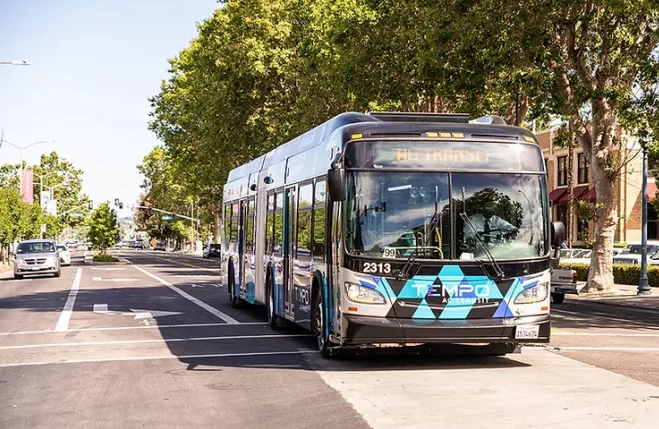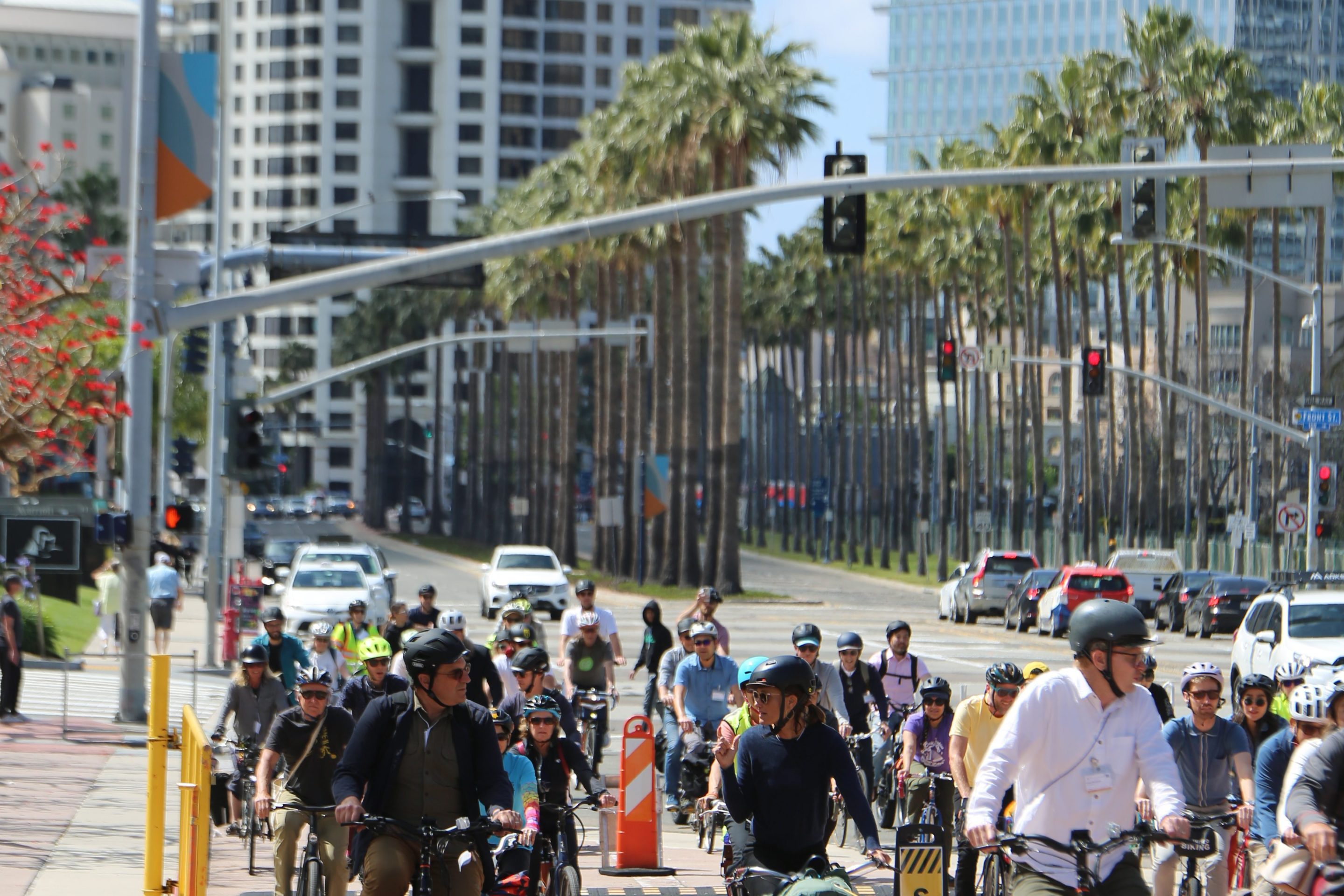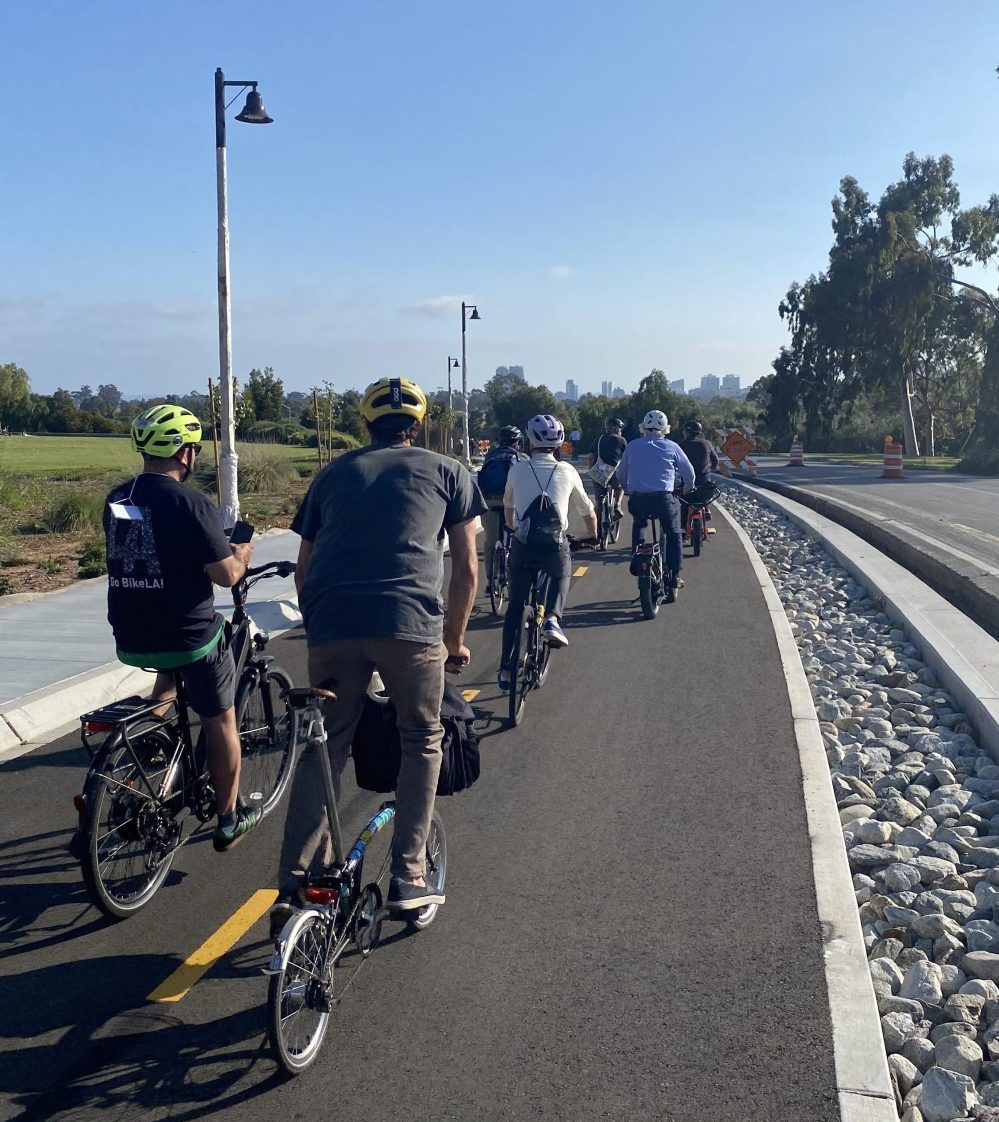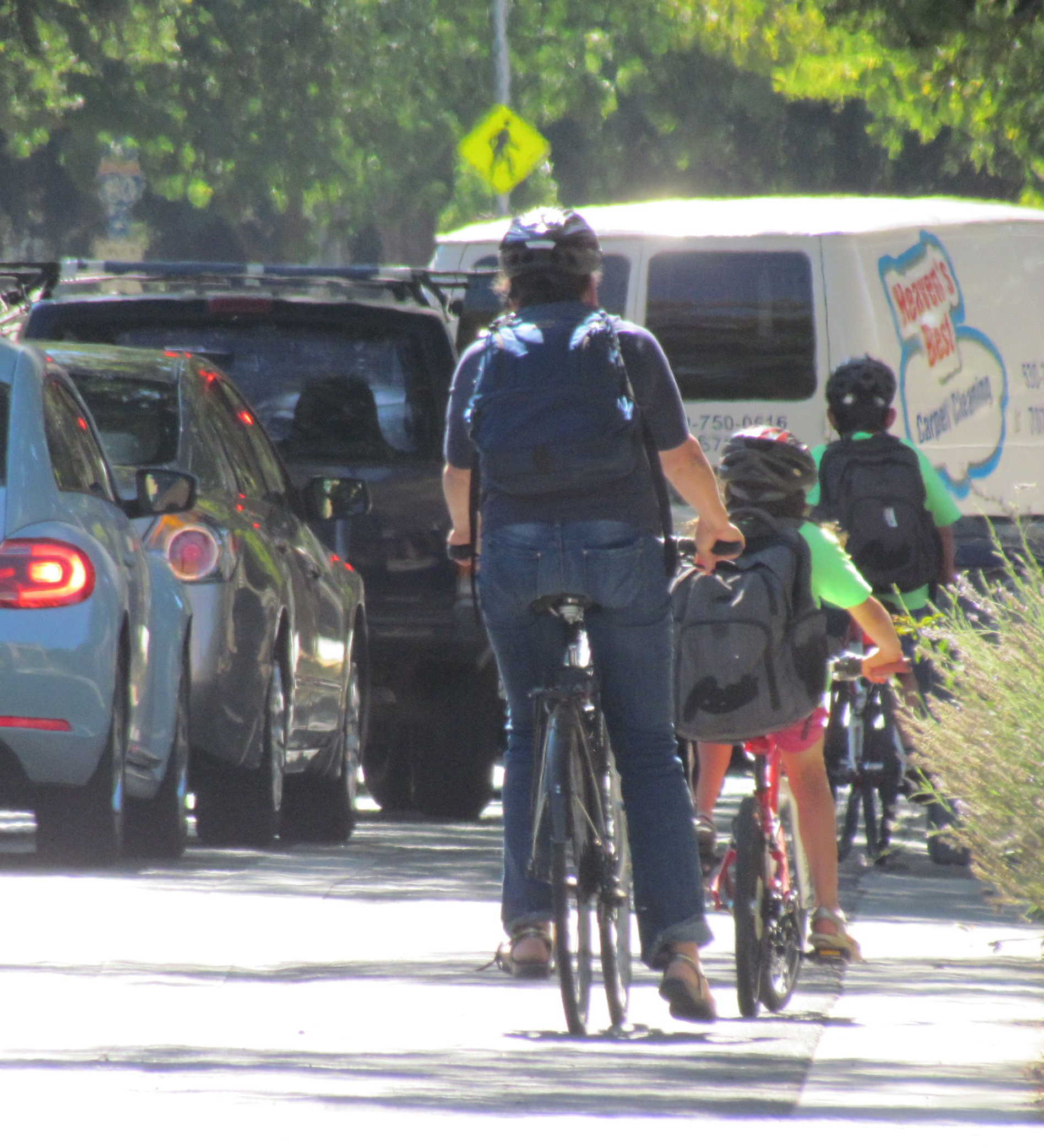California legislative leaders have come to agreement to use some money from the state's cap-and-trade program to prevent transit agencies from heading over the "fiscal cliff" that could destroy them. As a stop-gap measure, it is not a bad move. Transit is certainly a valid use for the funds, which are supposed to go towards reducing greenhouse gas emissions. And the cap-and-trade program has been bringing in money, where other parts of the state budget - notably taxes - have been going down.
But not only is it not a done deal until Governor Newsom signs the bill, but this move is no more than a stop-gap. The transit agencies that are in the most dangerous position - notably the largest Bay Area agencies - will have to come up with a lot more funding in the near future if they are to thrive.
The legislature's budget plan will certainly help in the near term.
Transit agencies including BART, SF Muni, and AC Transit are facing serious budget shortfalls as their ridership (and corresponding fare revenue) has not returned to prepandemic levels and federal pandemic aid is coming to an end. The agencies need operations funding, but most state and federal transit funds can only be used for capital improvements - things like infrastructure, new buses, new train lines, and the like. Operations funding has always been tricky, but using cap-and-trade funds is appropriate.
The problem is that cap-and-trade money is, for the most part, already spoken for, so it necessitates taking something away from something else. In this case, Newsom had suggested removing funding for electric vehicle incentives from the general fund and backfilling that money from cap-and-trade. The legislature has decided that transit operations is more urgent than EV funding. For now.
The legislature also rejected a $2 billion cut Newsom originally wanted to make in future funding from the Transit and Intercity Capital Rail program. That is money for capital projects; later Newsom and the legislature suggested restoring the money and making it flexible so that agencies in dire need could use it for operations if they wanted.
That could force transit agencies to weigh terrible trade-offs. BART, for example, is in the midst of two large capital projects: an extension to San Jose and its Core Capacity project to increase service throughout the system. Having to divert money planned for those projects to operations sounds like a proper emergency move, except that it could mean giving up billions in federal funding that may not be available again in the future - effectively giving up on those projects, which are key to future improvements.
So the legislature's bill added another $1.1 billion in operations funding from the "discretionary" portion of the cap-and-trade fund (Every year, a certain portion of cap-and-trade goes to specific programs, with about forty percent of it supposedly up for discussion each year). This is logical - but it also forces trade-offs between two climate strategies, electric vehicle programs and transit.
And it's not even enough money to cover the need. Note that there's an unspoken conundrum here, in that not all transit agencies are feeling the same budget pressure. LA Metro, for example, is fiscally fairly strong, because the agency relies largely on sales tax income, not so much on fares. SMART has seen its ridership rise steadily lately. Some smaller agencies - Santa Maria Regional Transit, for one example - have shifted their focus and seen ridership slowly rise.
But the programs that allocate funding to transit - particularly operations funds - use a formula that allocates money according to population, which means BART would receive only a portion of what it needs to get through the next five years.
Some advocates are pushing the idea of "flexing" highway funds towards transit. This would be allowed by funding rules and is even being encouraged by the federal government in its IIJA allocations. While previous discussions on this topic, which have come from a climate perspective, have faced an uphill battle against entrenched road building interests, it's key to keep in mind that there is plenty of money for building roads. The state budget might be tight, but S.B. 1, California's Road Repair and Accountability Act, has money to invest in building roads - and it will be augmented by a lot of money coming from the federal government. There is enough to fulfill the commitments of S.B. 1 and to "flex" funding towards saving transit.
This needs to be part of a long-term discussion about what California wants to invest in. But Newsom is pushing his "urgent" infrastructure package via the trailer bill process, and these questions should also be part of that discussion. That is a hurried and curtailed process - not the best for serious policy questions - but if that's where the negotiations are going to happen, everything should be on the table.





